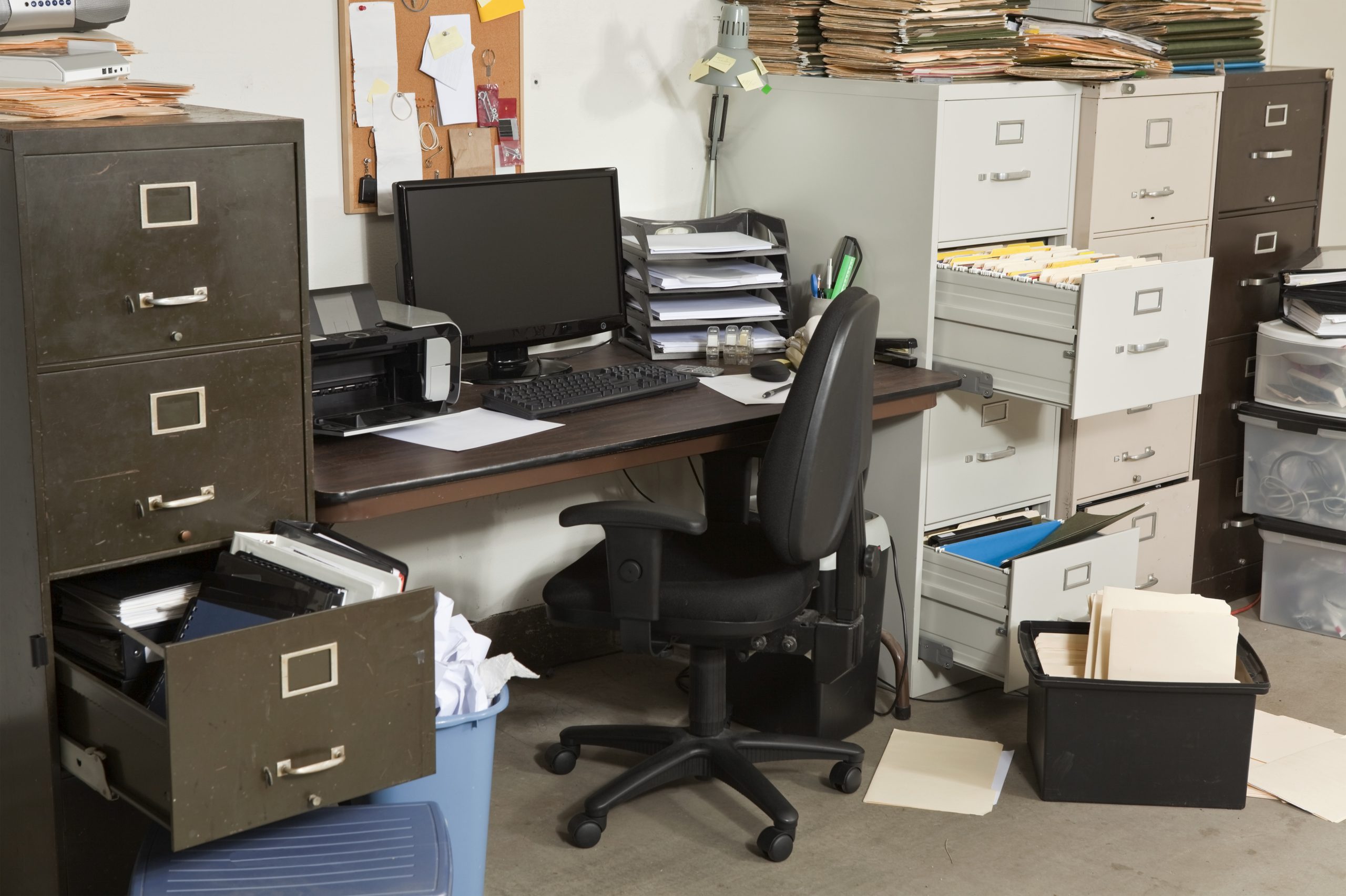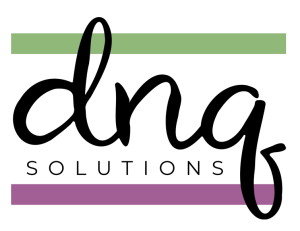
Since many of us find ourselves practicing social distancing by staying home, take advantage of this time to downsize the amount of paper in each file folder and weed your files.
Control those paper piles
If you’ve been following the blog this month, I’m talking about paper. I started out by asking you to consider controlling the paper piles on your desk and in your office by assigning an action to each paper.
From there I moved to talking about an action file holder which could sit on top of your desk. Your next steps are to schedule time each week to look through each action folder and follow up.
One of the actions involves filing documents.
Weed the folders
Here we are. You’ve opened the file drawer and your files are stuffed with papers. If you only have a few minutes, file the papers as you intended then schedule some extra time next week to downsize the files in these drawers.
I’m not suggesting that you weed through every hanging file in the drawer in one sitting. That would be overwhelming and would make me want to just close the door on the office.
Downsize a few folders at a time.
Questions to ask
Some downsizing can happen organically. When you go into your file drawer and take out the manila folder in order to put in a document, look at the other documents in the folder.
Ask yourself these questions:
- Do you need everything in the folder?
- Is some of the information out of date?
- Does the current document replace the information in the folder (insurance companies generally send an update to your policy each year)?
- Have you ever opened this folder? If not, then consider removing it.
Archive some files
You can often downsize the hanging files by moving any that are no longer active files and placing them in an archival box. I recommend archiving files which hold supporting documents for your taxes and files like volunteer positions you no longer hold.
There are other papers, they could be paid invoices, that you’re hanging onto because they contain information you think you may need one day regarding a home improvement project.
Buried in the invoice might be the name and brand of the paint you used when you repainted your home. The invoice would also be dated, so you would know when that happened.
Home maintenance information
Have you heard of HomeZada? This is a home inventory program that also allows you to keep track of useful home management information as well as an inventory of your possessions. It gives you, the homeowner, peace of mind by providing you with a place to store this valuable information in case of a natural disaster or robbery.
HomeZada is the perfect place to scan and store invoices like the one mentioned above and any other invoices related to home improvement projects. It can also keep track of when you changed the batteries in your carbon monoxide and smoke detector devices.
After you scan the invoices and upload them to your personalized HomeZada account you can then recycle the papers and downsize those files. You may even be able to eliminate them altogether. Creating space in your file drawer.
Home inventory
While you’re at home and perhaps looking for something productive to do, why not take pictures of your furnishings, artwork, and other possessions and create a home inventory using HomeZada?
This will help you as you continue working on controlling your paperwork. Downsize your files by weeding out the records of home improvement projects. Scan and store that information in HomeZada. It will be your place to look for any information about your home and its’ contents.
Contact me if I can give you more information about downsizing your files or about the benefits of creating a home inventory. We can meet on the phone, in person, or virtually through either Zoom or Skype.
Diane N. Quintana is a Certified Professional Organizer®, Certified Professional Organizer in Chronic Disorganization®, Master Trainer and owner of DNQ Solutions, LLC based in Atlanta, Georgia. Diane teaches busy people how to become organized and provides them with strategies and solutions for maintaining order in their lives. She specializes in residential and home-office organizing and in working with people affected by ADD, Hoarding, and chronic disorganization.


It’s so funny – just this morning I was thinking that I might run out of ways to fill my weekends if self-isolation goes on very long, and this is exactly what I thought of doing!
Great minds think alike! I, too, agree that this is the best time to declutter paper files. I just did this with a client of mine and her office / personal data. She was able to purge about ten paper bags of personal papers. She is planning on calling a shredding company to come by and shred the documents. I prefer to shred my records at my home. Whichever way you decide to do it, make sure all account numbers or essential papers are destroyed with a cross-sectional shredder so that it becomes pulverized and can’t be taped back together.
I like to clean out my file cabinet once a year, after I have paid my taxes. This way I know I won’t throw anything needed for Uncle Sam away. I file the newest paper in the front of the folder, so when I’m ready to purge I just have to flip to the back and take out the oldest papers.
It’s a fascinating thing, but I’ve noticed that my younger clients have so much less paper. They have grown up being more comfortable with digital media. In addition, they are more environmentally conscious. But I have many clients that have A LOT of paper. I love all of the suggestions that you have to manage paper files, and especially the idea of “weeding” the files. Being the gardener that you are, I can see why you chose that term. It’s perfect!
While I certainly have many digital files, I still have a lot of paper too. Most times when I take out a file, I take a quick look through to see if any items can be shred or recycled. And then usually at least once a year, I do a larger deep dive to edit more. This could be a good time to do that again. I know that I’m keeping more than I will need. And perhaps some of the files could get digitized so I can let go of the paper. It’s a process, just like weeding.